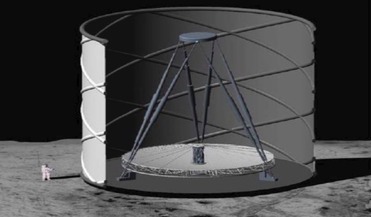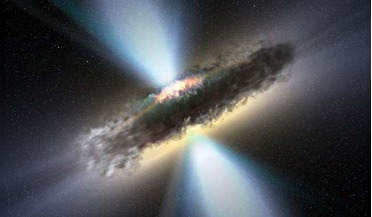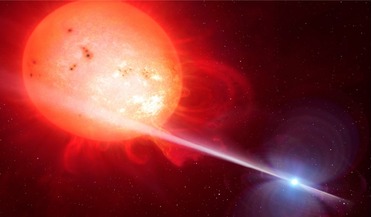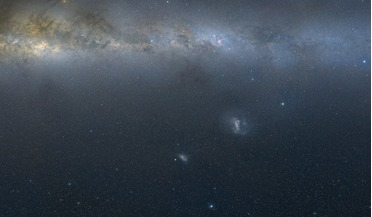 21 March 2016
Using gravitational waves to search for Population III stars
21 March 2016
Using gravitational waves to search for Population III stars
..., the initial mass function (IMF) is an empirical function that describes the distribution of initial masses for a population of stars. Understanding the origin of the IMF is crucial as it includes the basic physics that determine our observable...
 18 November 2020
Astronomers want to revive idea for ‘Ultimately Large Telescope’ on the Moon
18 November 2020
Astronomers want to revive idea for ‘Ultimately Large Telescope’ on the Moon
... out deep infrared surveys to study the distant Universe, the UHT would be able to observe Population III stars, the first stars which formed about 13 billion years ago. These distinct type of stellar object are born out...
 30 March 2016
Have astronomers found the signatures of the very first black holes formed through the collapse of gas clouds?
30 March 2016
Have astronomers found the signatures of the very first black holes formed through the collapse of gas clouds?
... most obvious way to make primordial SMBH seeds is from the collapse of the hypothesised very first stars - Population III stars – in the early Universe (see https://room.eu.com/news/Using_gravitational_waves...). By a combination of either mergers...
 September 2017
Binary stars and their extraordinary lives
September 2017
Binary stars and their extraordinary lives
... hydrogen-rich envelope. If this envelope is removed by binary interactions just before helium ignites, a new type of star called a subdwarf-B star forms. What we see is the exposed, nuclear-burning core of a red giant, and we know this can...
 14 December 2016
Astronomers find a ring of new stars around the LMC
14 December 2016
Astronomers find a ring of new stars around the LMC
..., which extends to some 9 kilo parsecs in radius, have found evidence for recent star formation where only an ageing population of stars was known to exist. The six stars detected by the team, whose lead author on the research paper is C. Moni...